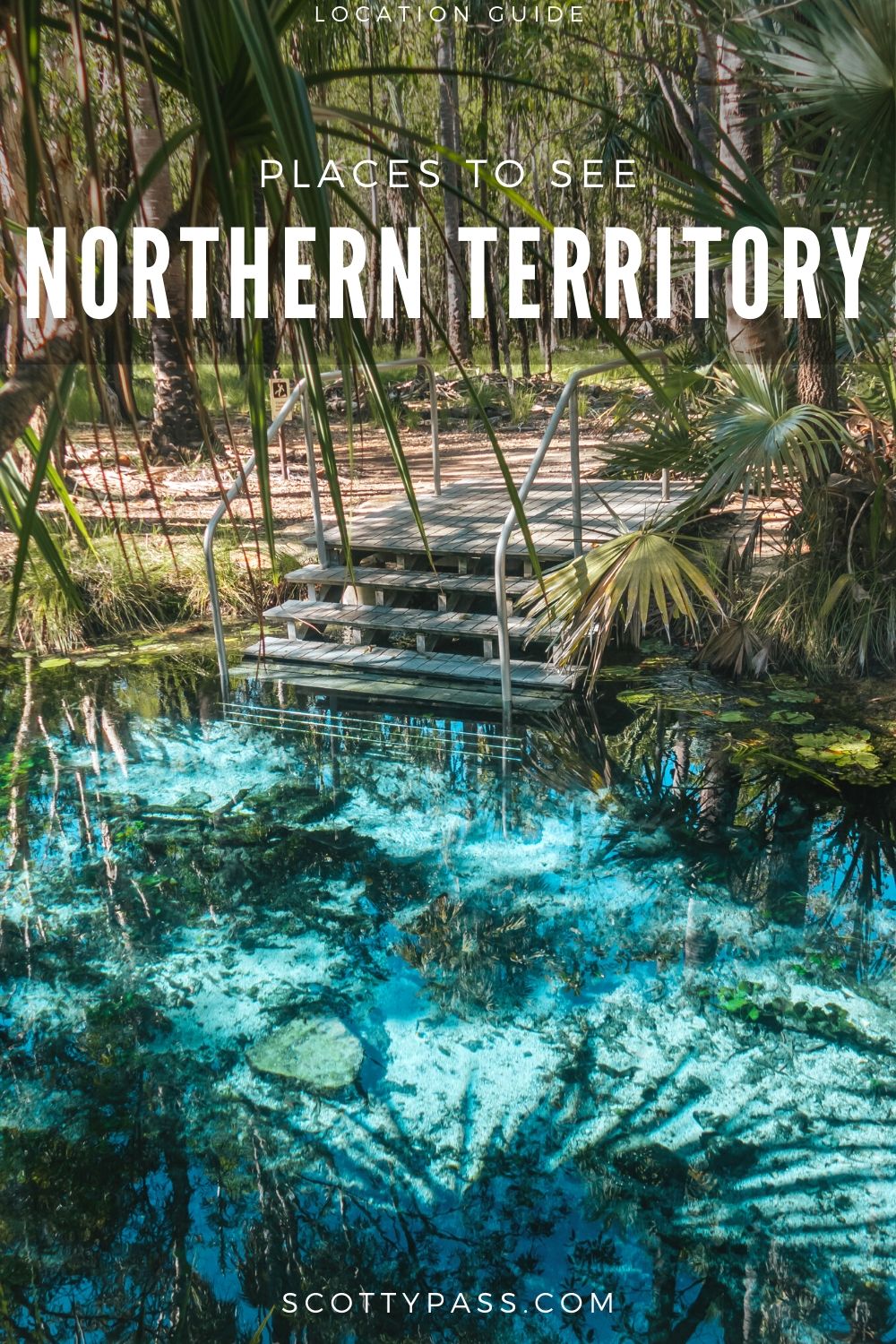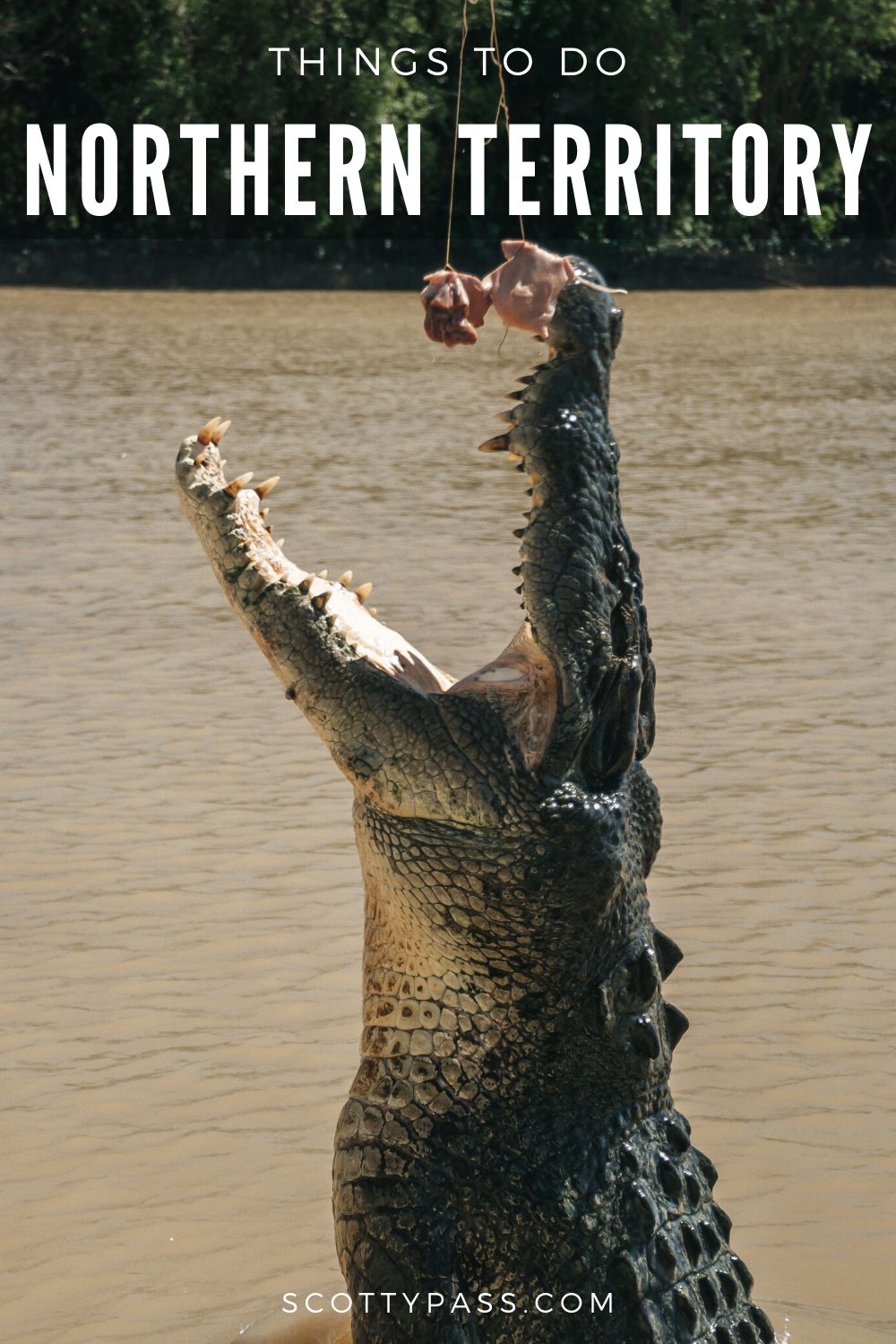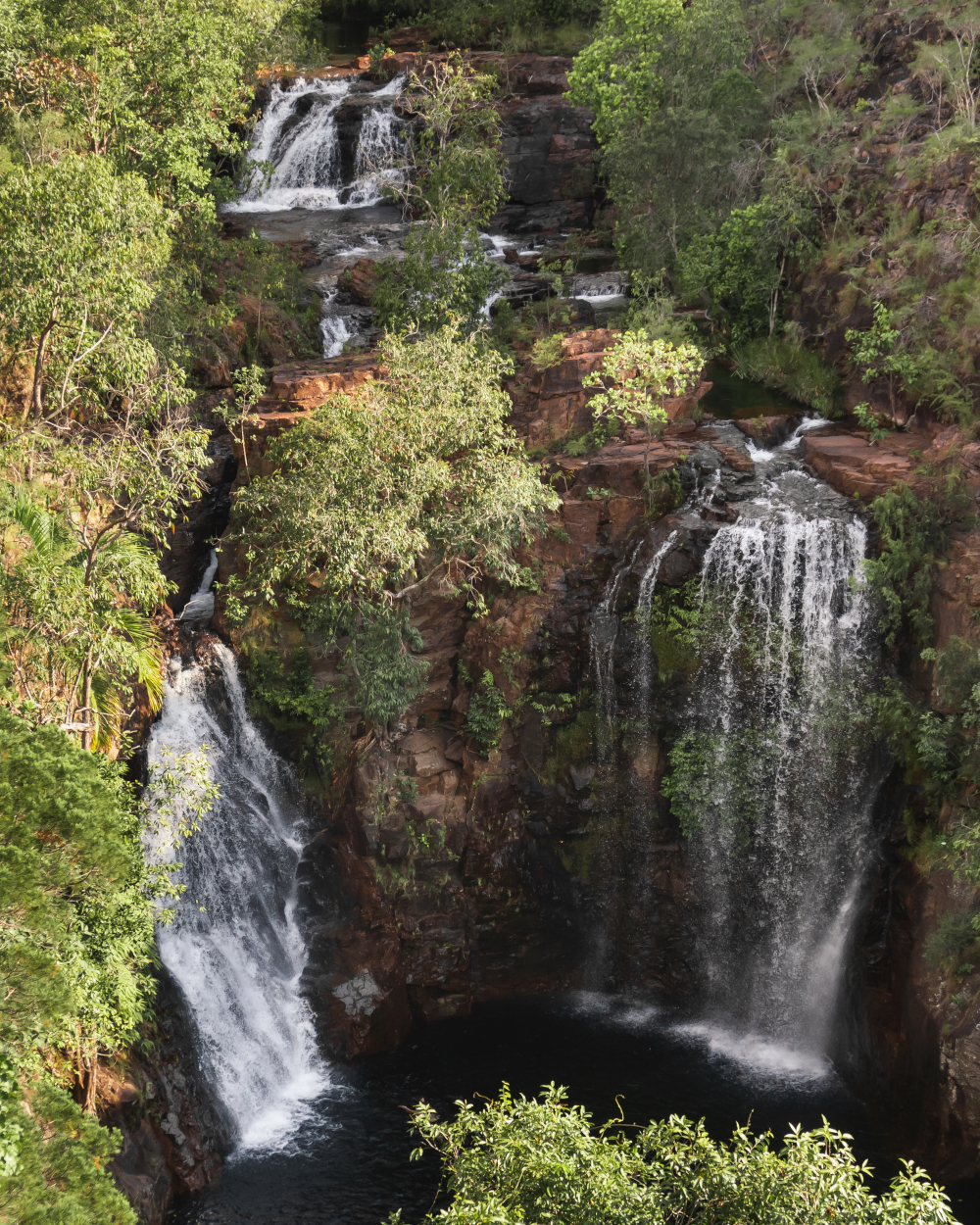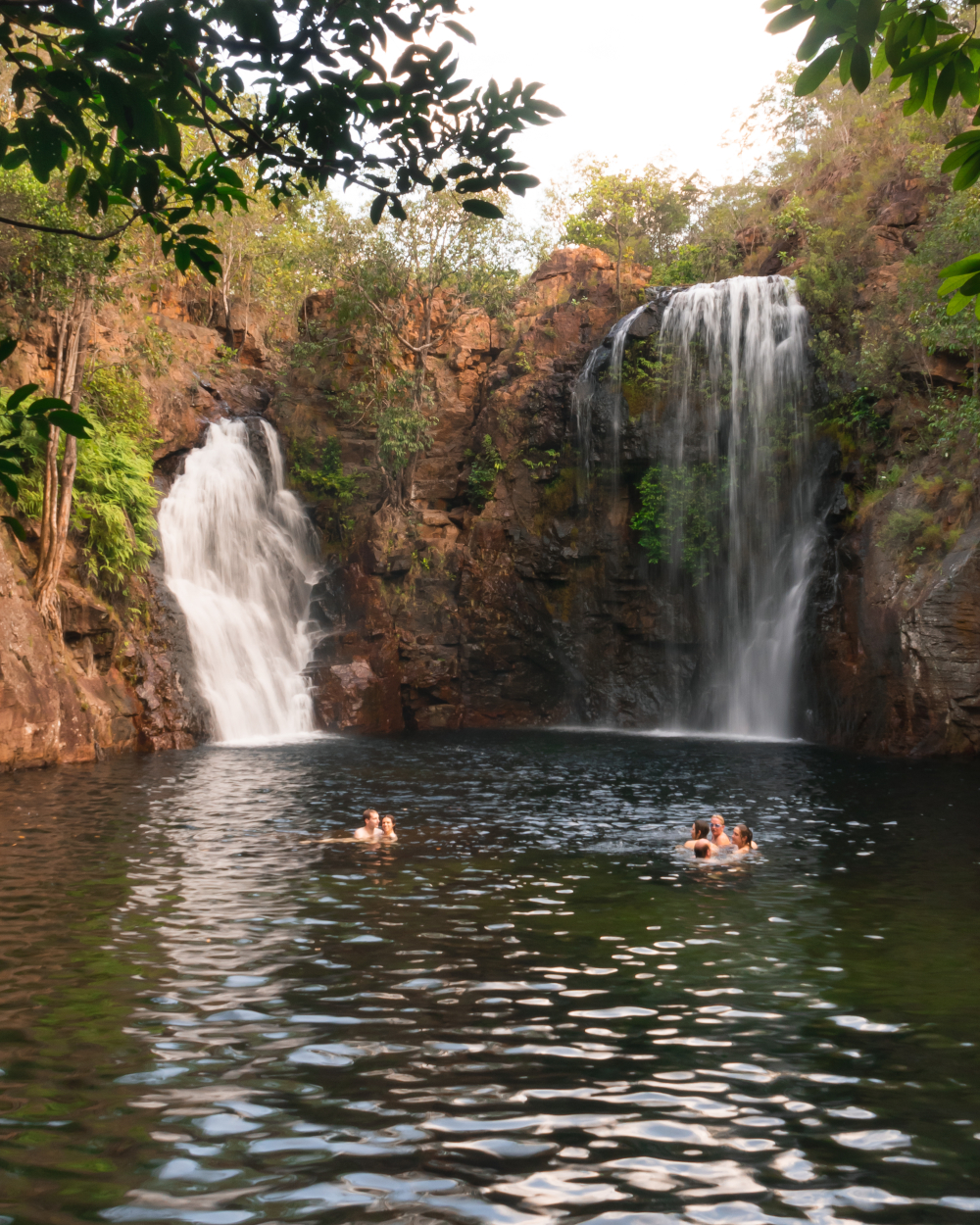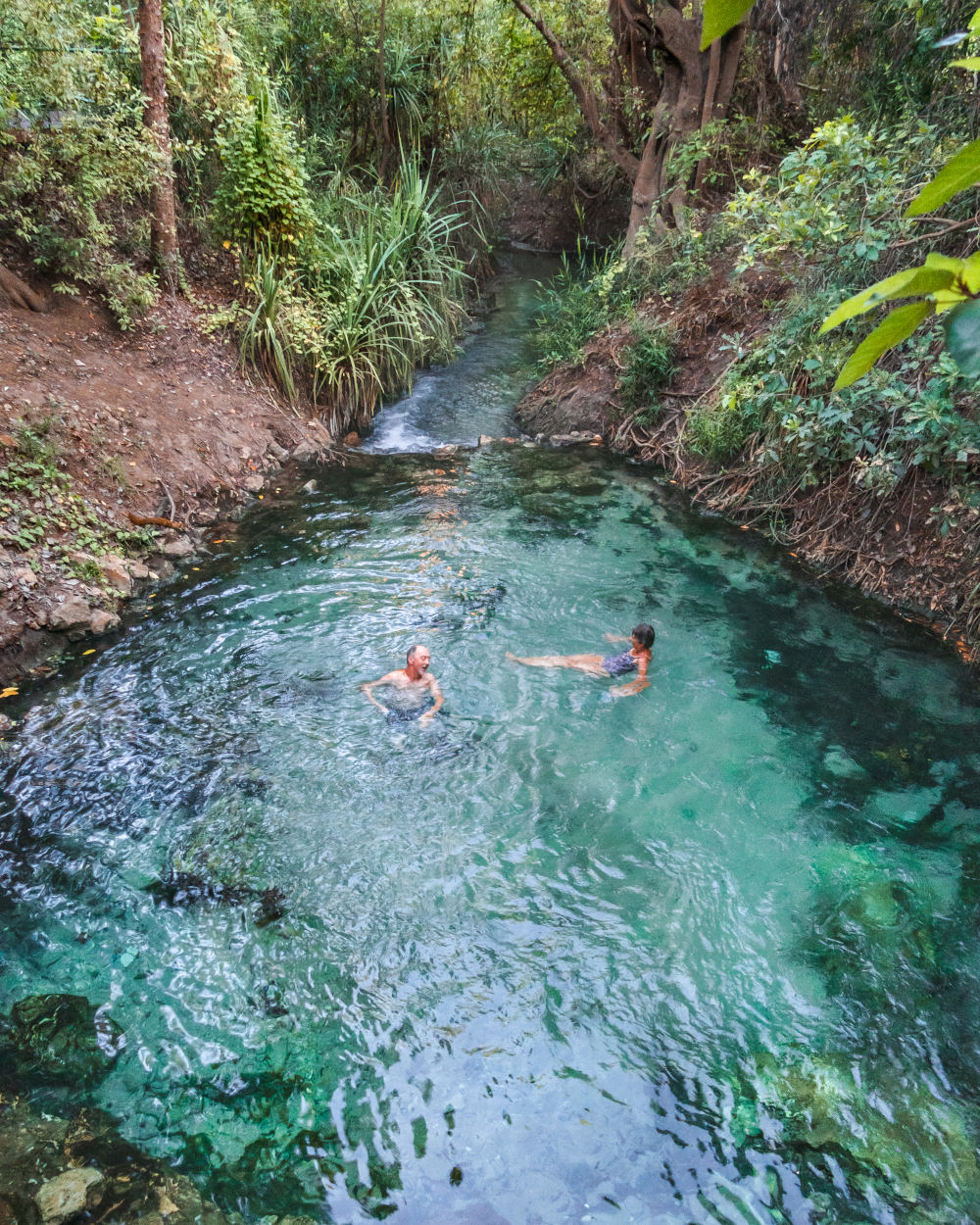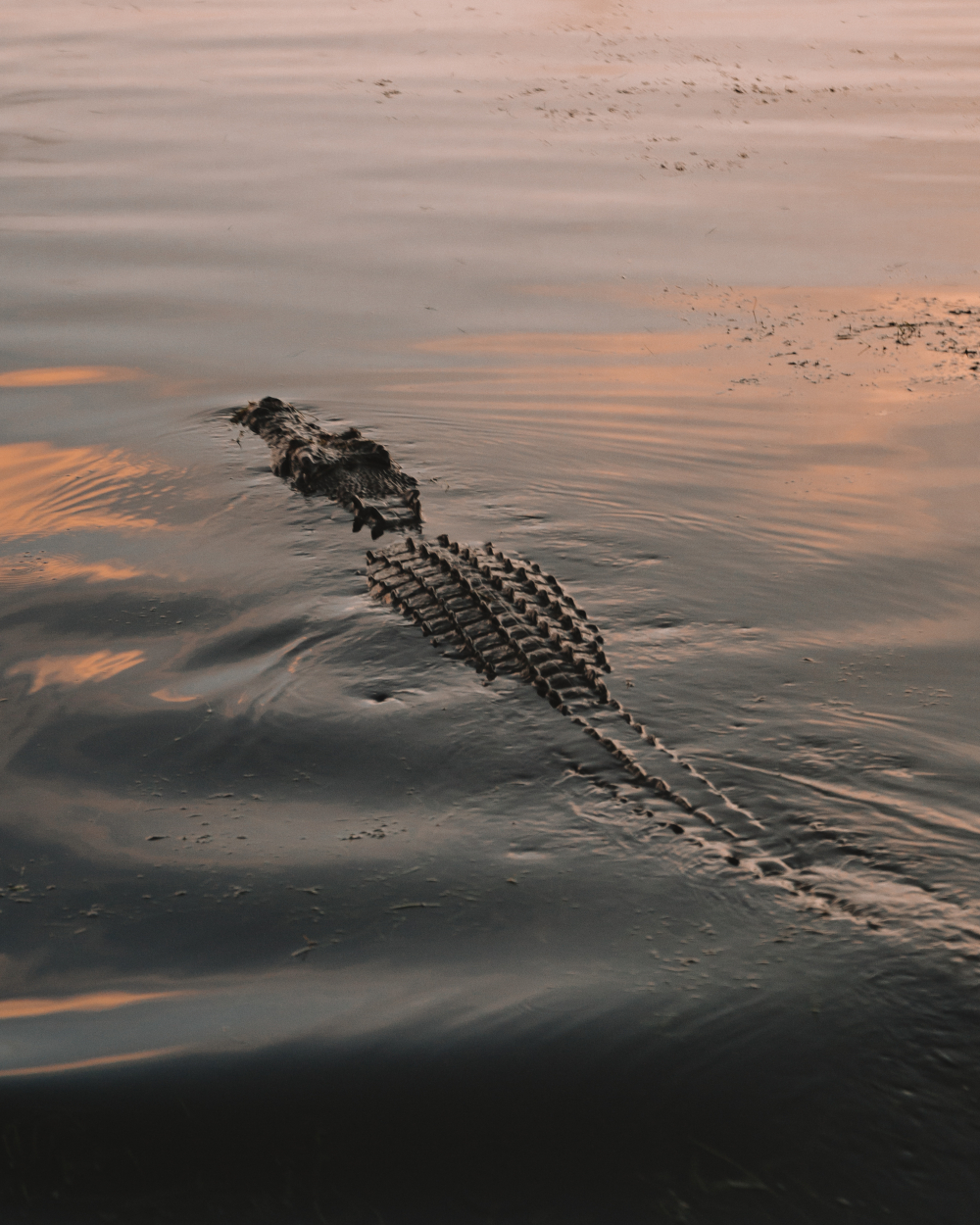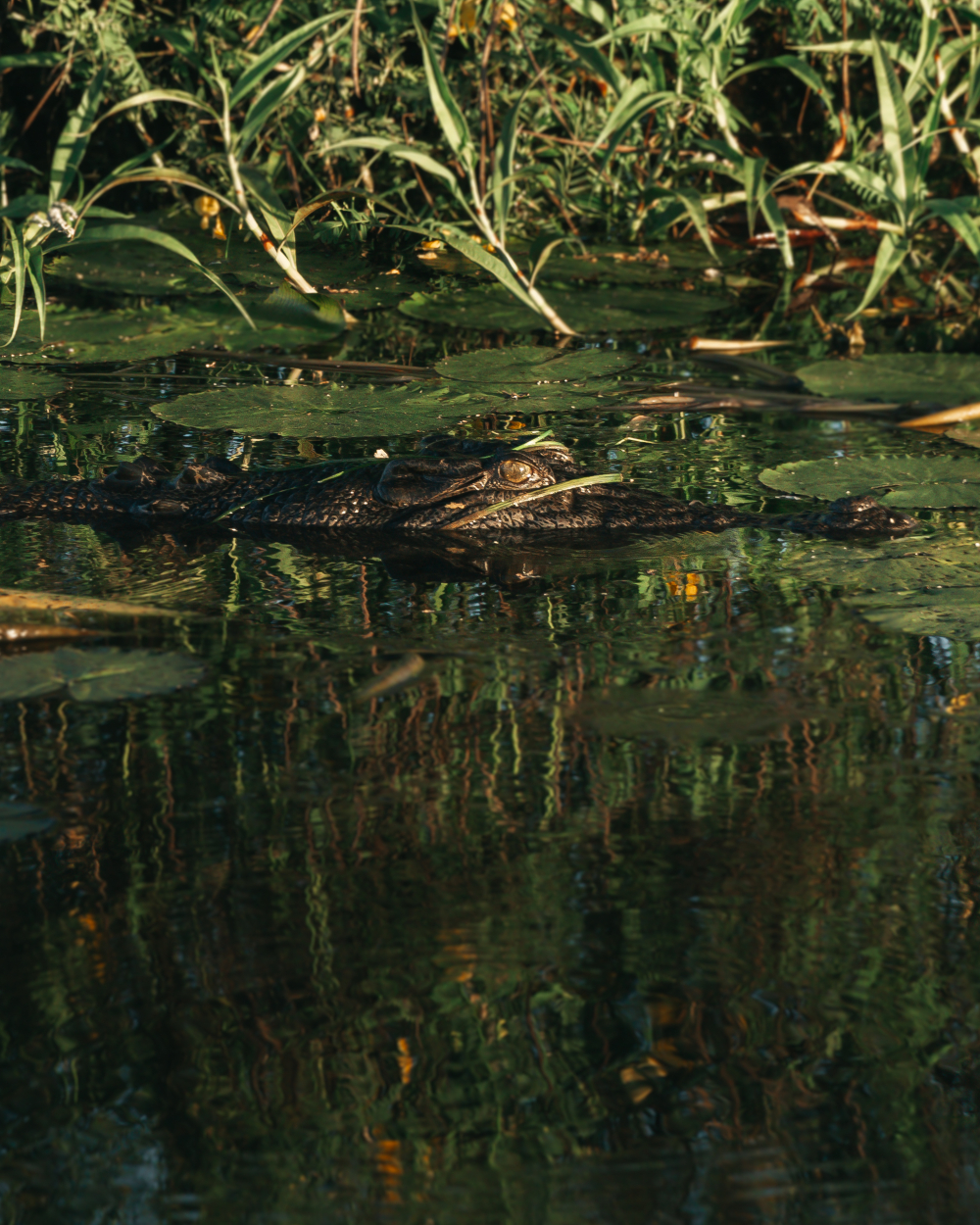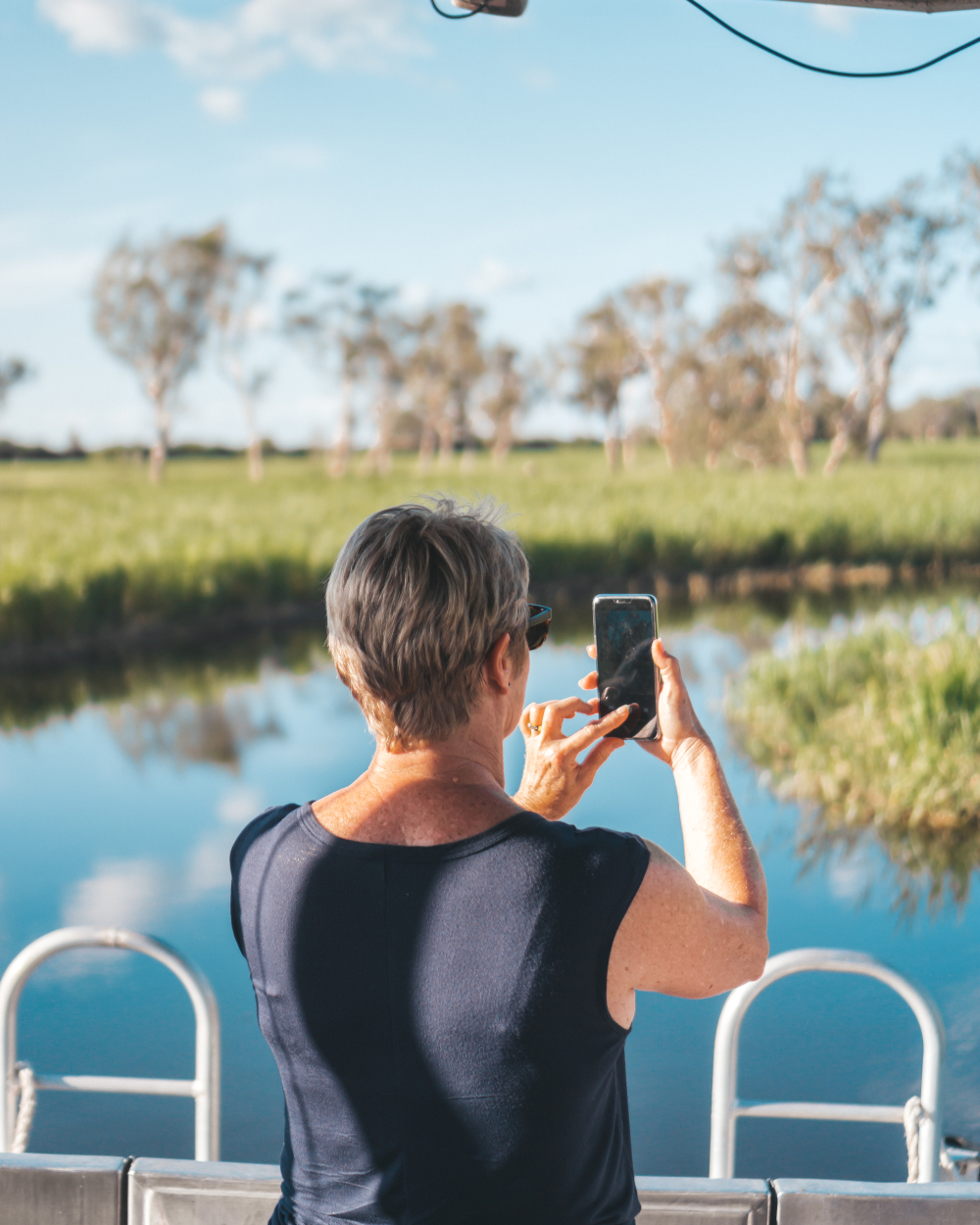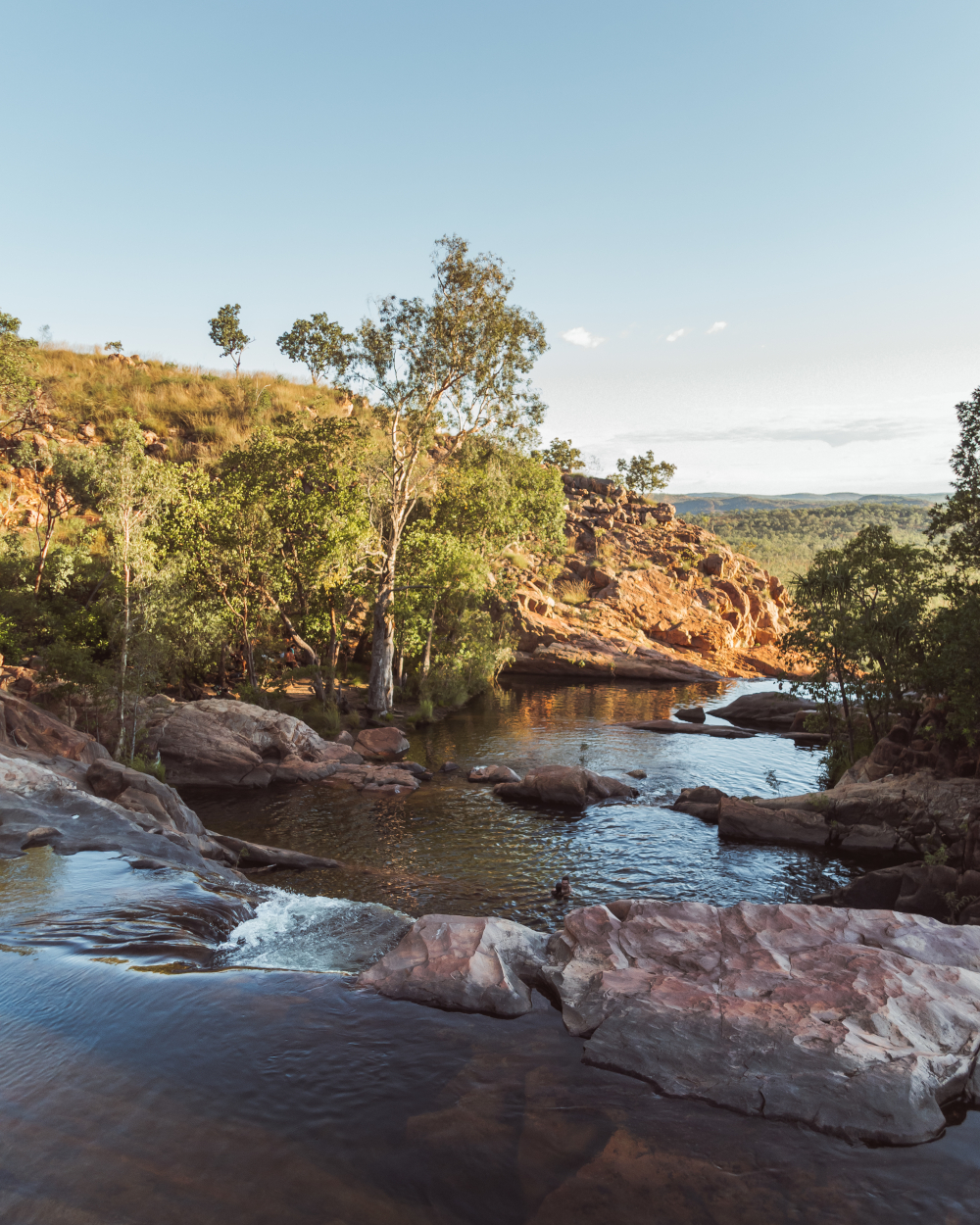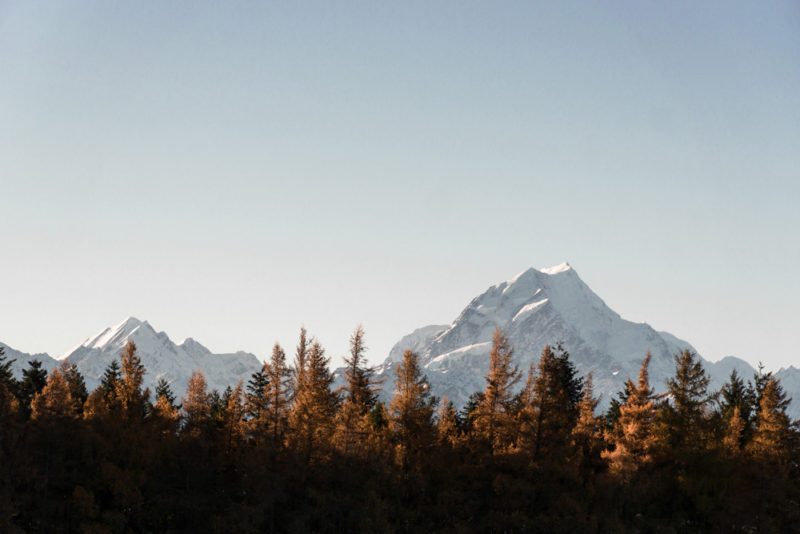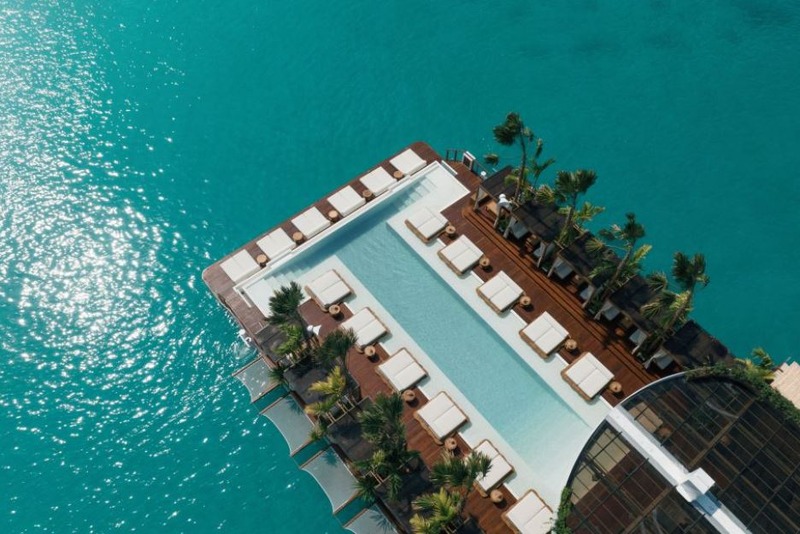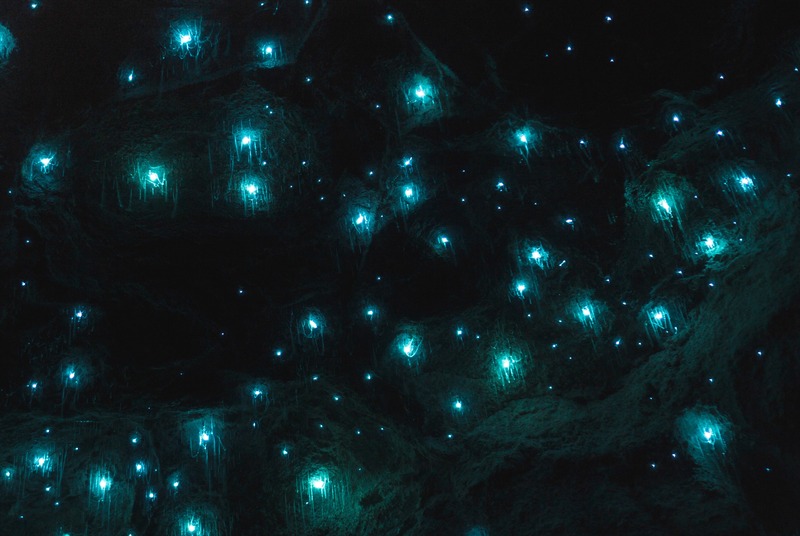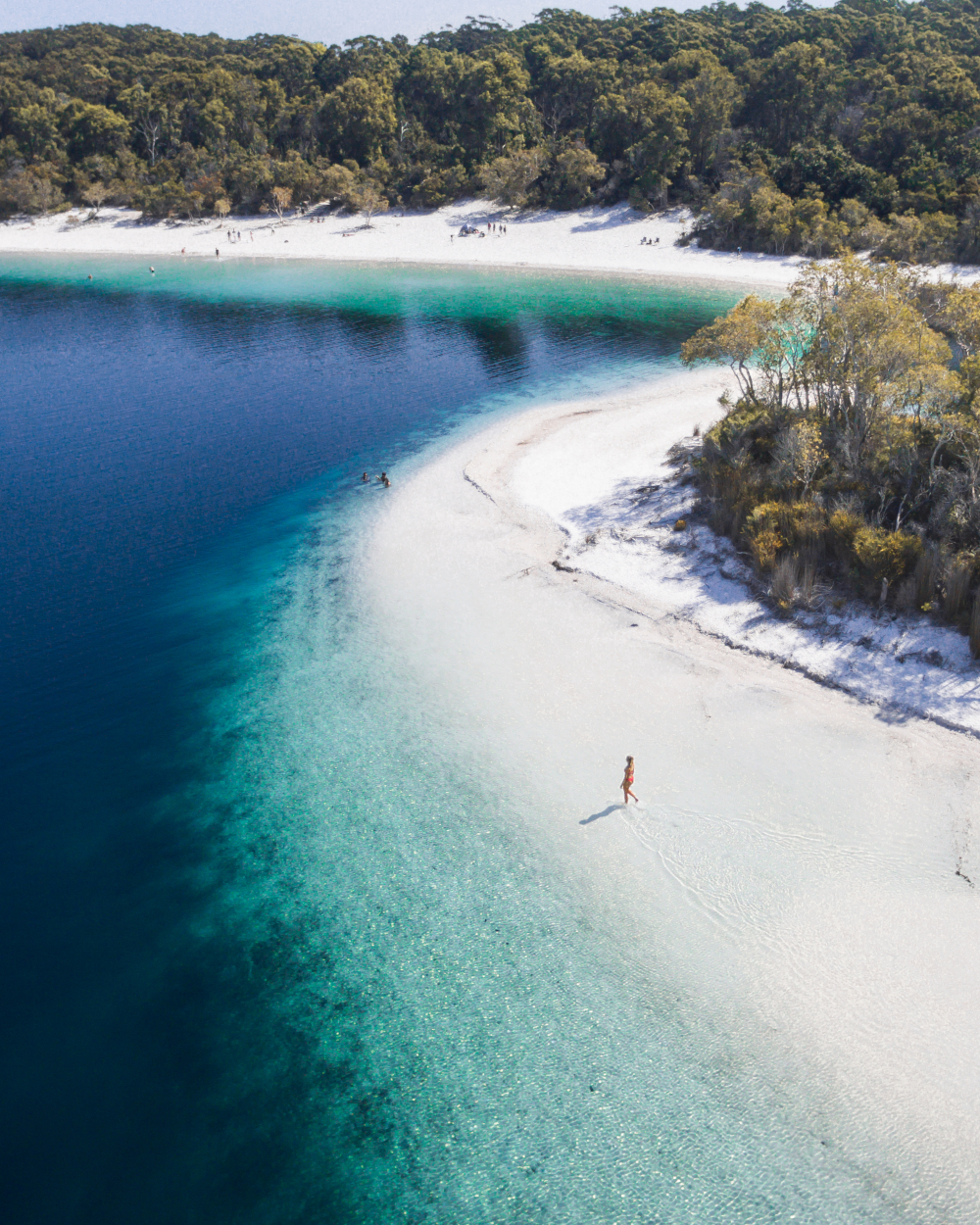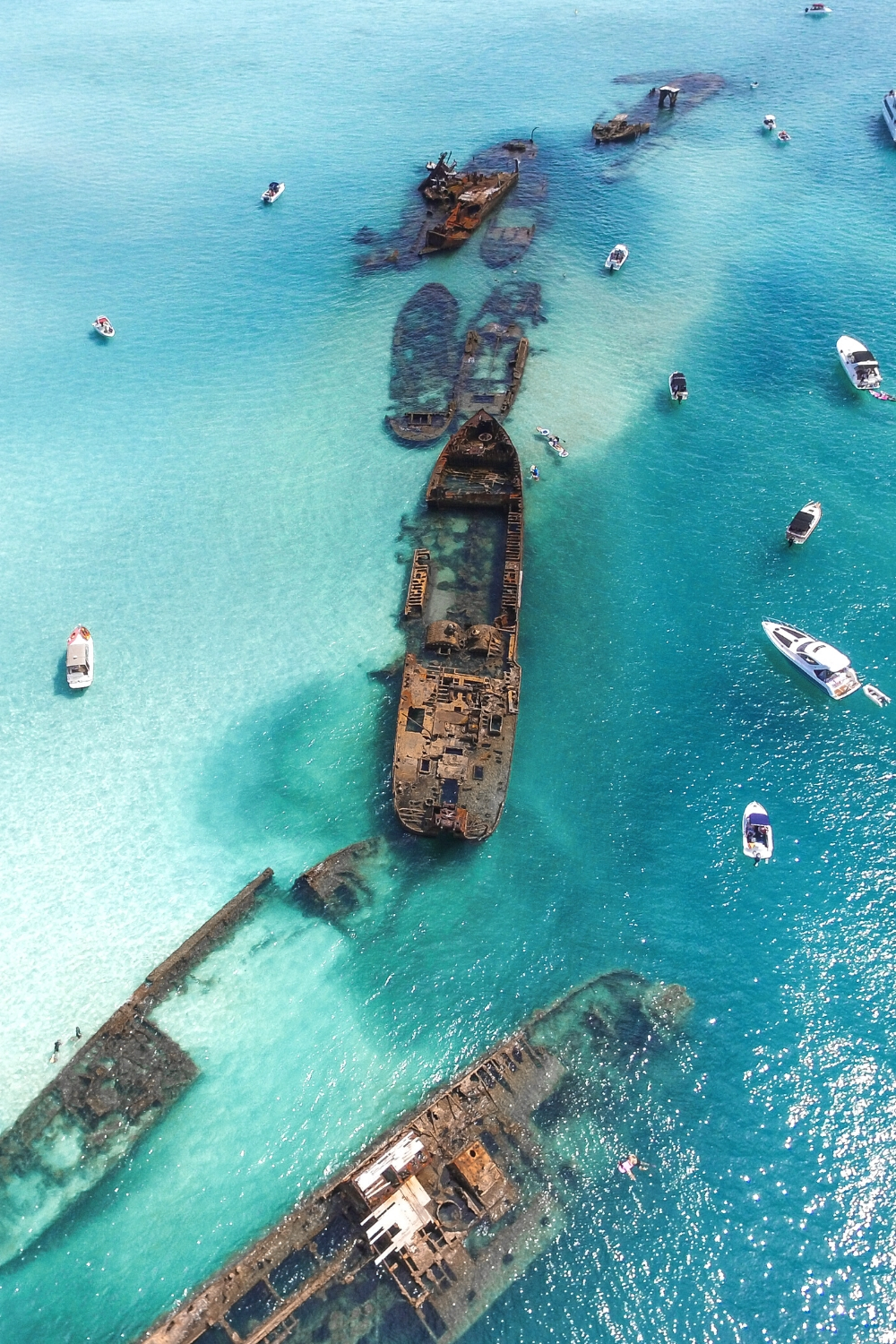Northern Territory Australia – Places to Visit
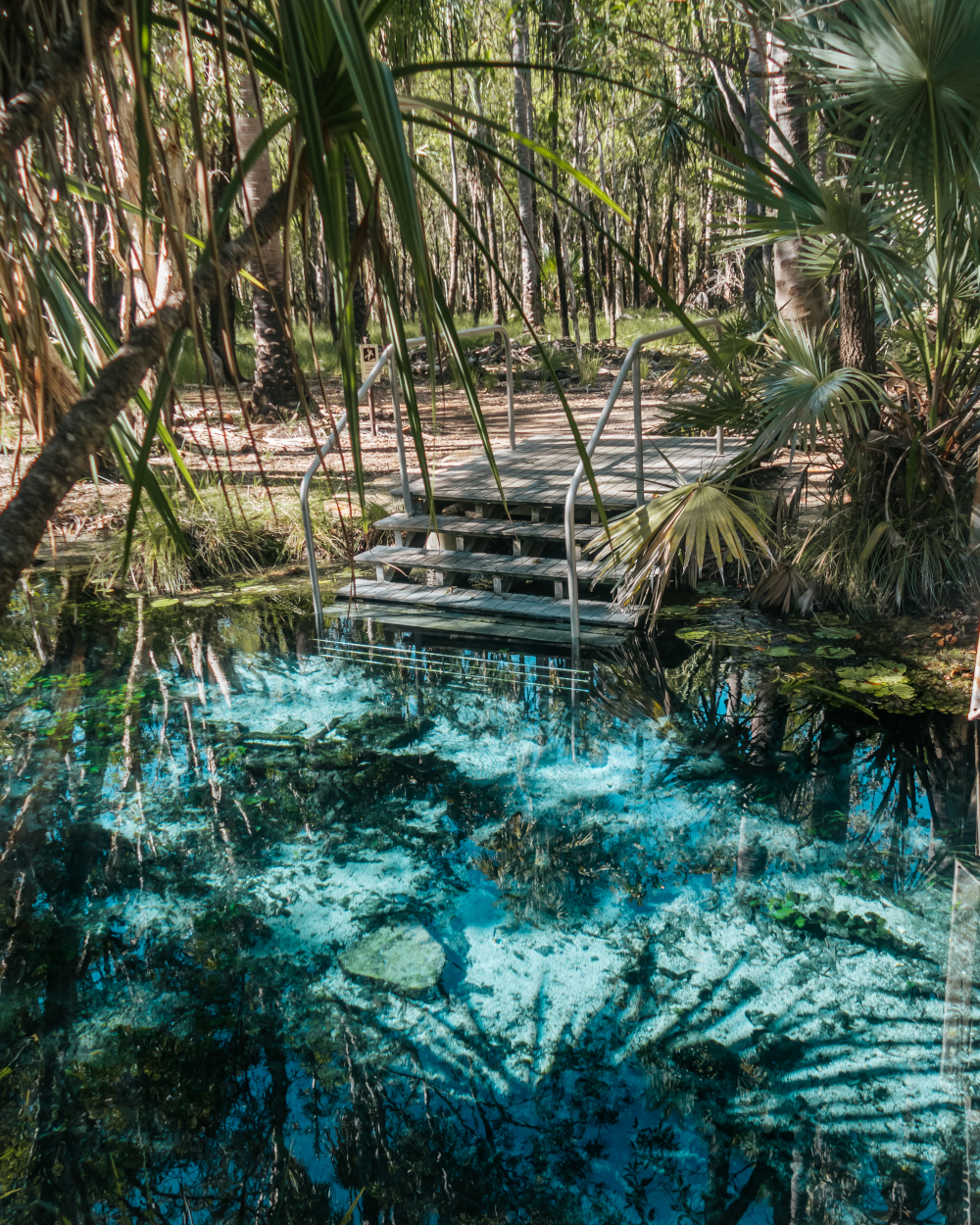
Northern Territory Australia
A trip to the Northern Territory conjures up thoughts of wild landscapes, remote waterways, prehistoric man eating reptiles, and of course, a rich Aboriginal history. The ‘Top End’ as it’s affectionately known, has entertained those willing to explore a more untouched version of the Australian map. It’s about as ‘out of the way’ as it gets, offering a variety of off the beaten track locations, camp grounds, hikes and outdoor adventures. Discover Darwin or road trip to Uluru – the choice is yours with endless adventure opportunities to choose from.
Places to see & things to do in Australia’s Northern Territory & Top End.
Situated closer to Bali, than it is to Sydney, The Northern Territory offers up a once in a lifetime opportunity to see the best of both worlds – everything from the wildlife rich waterways of Kakadu National Park, right down to the jaw dropping scenes to be experienced in the red centre. Characterised by two distinct seasons (wet and dry), travellers are usually looking to explore the The Northern Territory in the drier months. The drier conditions allow access to more four wheel drive tracks, camp grounds and present less risk overall for visitors wishing to explore the region.
The following guide uncovers a few of the following locations:
Litchfield National Park
Katherine
Mataranka Springs and Elsey National Park
Kakadu National Park
Darwin
Yellow Water Billabong
For a comprehensive walk through on the locations we visited, continue reading.
Darwin
Dine your way through Darwin and enjoy the Mindil Beach markets – a sunset night market showcasing some of the best local artisans and food stalls in the Top End. Darwin is the hub of the Northern Territory and Top End, proving to be a popular pit stop for travellers coming and going. It goes without saying, but the city is extremely humid, making it the perfect opportunity to relax and enjoy a meal over the water and watch the sunset. Be sure to double check the market season for this event as it only operates outside the wet season, usually from late April and early May onward.
Must Do: Jumping Crocodile Cruise
It’s a crowd favourite here in the Northern Territory, and for very good reason. The original Jumping Croc Tour, just outside Humpty Doo, has been operational since 1984. I actually remember taking part in a cruise when I was just a couple of years old. We went back again this year for my birthday some twenty five plus years later and business is still booming. You’ll get as close as humanly possible to the mammoth, scaly reptiles without being eaten. The water of the Adelaide River is extremely murky – you wouldn’t recognise a croc lurking beneath the surface if you tried. It’s just a short fifty five minute drive from Darwin to reach The Jumping Croc Tour.
Book your Jumping Croc Cruise below for an unforgettable experience.
Book your Darwin accommodation here for the best deals and locations.
Litchfield National Park
Just a short drive from the city of Darwin lies Litchfield National Park. I’m not sure exactly what it was I was expecting to see on the drive out, but the landscape was SO much greener than expected. It’s usually dry, low lying shrub and swamp flats, with the occasional tropical palm tree lingering about. Even more noticeable are the termite mounds dotted throughout. The magnetic termite mounds are the first sight to behold on the drive out to Litchfield National Park. It’s a quick stop to admire the sheer size of the structures, and then it’s quickly back on the road to head to Florence Falls.
Book your ultimate day tours to Litchfield National Park below:
Florence Falls
Florence Falls is the first reprieve from the heat on the drive out through the national park. Make sure you stop by the look-out first to observe the beauty of the falls. It’s strange to stop and think about just how warm and arid the landscapes in this region are, and then all of sudden there’s a beautiful double streamed waterfall in the middle of nowhere. We took the longer path down to Florence Falls, a fifteen minute walk from the car park. I’d absolutely recommend taking this route as there’s quite a few stairs to reach the base of the falls from the other lookout track. The longer route was also a beautiful walk, snaked by a winding clear, fresh water river and small bridges. It was a good way to beat the heat of the day (even at 5:30pm) as the majority of the walk to the base of the falls was shaded. The only downside – psycho massive mosquitoes. You’ve been warned – wear repellent, or ya’ know, maybe a bee suit.
Booking.com
Wangi Falls
Wangi Falls is the other main natural attraction in the park. The scale is a lot larger than that of Florence Falls. It’s also accompanied by a much larger pool at the base. Usually, you can swim here at Wangi. Unfortunately for us, we’d arrived just after major rain, making the pool a little more prone to freshwater and salt water crocodiles. This meant no swimming for us at Wangi Falls. Also, still giant psycho mosquitoes. We’d recommend arriving super early to beat the crowds.
Katherine Northern Territory
The busy town of Katherine was the next stop on our itinerary. Katherine was quite the surprise, offering a few cafes and eateries to enjoy – namely, The Black Russian, Pop Rocket Cafe and Maidens Lane. All three were serving up delicious eats and damn good coffee.
We spent the the majority of the Easter long weekend in Katherine, refuelling, eating, adventuring and catching up with family. It’s a transient little rural town, proving to be the number one pit stop for travellers looking to rest, re-fuel and continue their journey’s.
Without a doubt, the Katherine Hot Springs were the highlight of the region. The natural thermal springs are a sight to behold. The springs are a really short drive from the center of town.
Other activities close to Katherine include:
– Nitmiluk National Park (Katherine Gorge)
– Edith Falls
Book a tour to Katherine Gorge and Edith Falls below:
Booking.com
Mataranka & Bitter Springs
Nestled in amongst thick, towering palm trees and dense undergrowth lies Mataranka Springs. It’s a small section of freshwater fed springs in Elsey National Park. The springs are directly positioned within the Mataranka Homestead camp ground. We picked a camp site only meters from the entry point to the springs, making it the ideal location for an early morning dip. Mataranka Springs is an hour and half drive from Katherine. You can book your accommodation here to save money on your next stay.
Just a few minutes drive from Mataranka Springs lies Bitter Springs. We’d probably recommend these over Mataranka early morning as they were less busy. There was a lot more room to spread out and enjoy Bitter Springs as well.
Booking.com
Kakadu National Park
The crown jewel of the ‘Top End’ has to be Kakadu National Park. The protected conservation area is home to over 280 bird species, 10,000 insect species and 117 species of reptile. Most importantly, it represents a place of significant aboriginal and cultural value. Kakadu National Park consists of six unique, major land forms:
Stone country
Lowlands
Tidal flats and estuaries
The Outliers
Floodplains
Southern Hills and Basins.
As impressive as it is on paper, to truly appreciate the scale and immense biodiversity of the region, you really have to experience it in person by immersing yourself among the landscape. Our suggestion on the best way to do this – a Yellow Water Billabong tour. Not only will you enjoy a beautiful afternoon or morning out on the freshwater rivers, you’ll get to see the raw and untouched beauty of Kakadu in all its glory.
Kakadu National Park Accommodation
Personally, we camped overnight at the Gunlom Falls campground and drove into the heart of Kakadu the following morning. However, if you’re looking to stay a night or two in Kakadu National Park, you can’t go past Cooinda Lodge. It backs right on to the starting point for the Yellow Water Billabong tours and offers a great range of budget friendly accommodation. Alternatively, the other large resort in the area is The Mercure Crocodile Lodge, Jabiru. You can book a variety of adventure tours and activities from either resort. Some of these include:
Scenic flights
Helicopter tours
Fishing expeditions
Gunlom Falls/Gunlom Falls plunge pool
It’s best to utilise a four wheel drive for this journey, however if you’re travelling during dry season, a trip in to Gunlom Falls campground is certainly ‘doable’ with a sedan or two wheel drive vehicle. As you enter the park, you’ll first be drawn to the towering Gunlom Falls. It’s almost like a scene from Yosemite National Park as your turn the last corner. Green, grassy camp flats surround the desert oasis that is Gunlom Falls and the plunge pools. The only sound you’ll notice is the cascading of the waterfall in the distance.
Upon arriving into Gunlon Falls campground, we quickly set up our camp sites and began making the hiking trip to the top of the waterfall for sunset. This is an absolute must do if you’re travelling to Gunlom Falls and the plunge pools. It’s one of the most spectacular sunsets I’ve ever witnessed.
We completed this trip in just over a week. It was a lot of driving, but 100% worth it to see the very best of the Top End. To see more of our adventure, be sure to check out the YouTube playlist of our travel vlogs from our time in the Northern Territory.
To book your accommodation, why not use our affiliate links below and throughout this article to help you save money on your own trip.
Thanks for stopping by, we hope this article has provided you with some valuable information when booking your own NT trip in Australia.
Scotty 🙂

